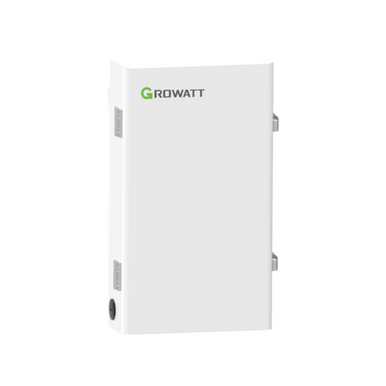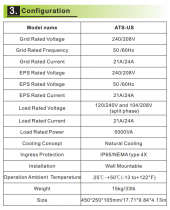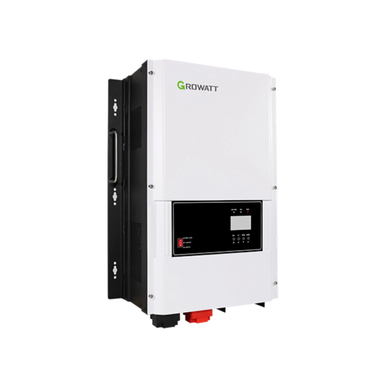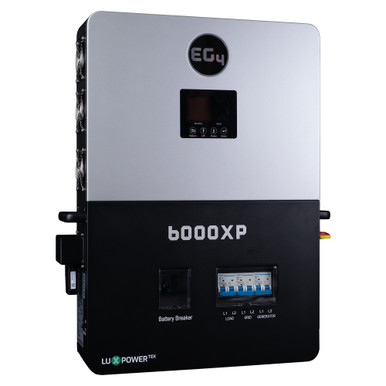Please just check out video. First few min should clear this up.
"Offgrid" as you say in the video?
Or also with utility grid on input? (documentation for auto-transformer shows grid input.)
I watched the first 5 minutes. At normal speed.
A video is not documentation. It can't be referred to for the purpose of connecting hardware, or checking if the installation was as instructed, or if fault currents are handled correctly so no hazardous voltages appear on appliance chassis.
What I would like is a schematic showing grid feeding inverter, with your new transformer and loads on the output.
It needs to show all ground and neutral connections.
On your website I find "Growatt 5kW Split Phase Transformer | ATS 5000T-US" with some documents (data sheet and "Manual", a one-page sheet.)
Signature Solar provides solar panels & components and full kits for off-grid, grid-tie and custom diy solar systems. Providing Solar 101 and hands on experience within the solar industry. Quality inverters, bifacial solar panels, complete solar kits, solar batteries. Holding best in class...

signaturesolar.com
Of what I can make out of the schematic, when on-grid it uses an auto-transformer to derive a neutral (not separately derived; it is not galvanically isolated from grid.) This neutral is not bonded to ground. To the extent there is a load imbalance, neutral will deviate from ground. Likely up to a few percent of line voltage ("regulation" of transformer). At higher currents, breaker would trip and disconnect. But it would present excessive voltages on neutral for the duration of overload until breaker does trip.
When disconnected from grid and using inverter output, it uses an auto-transformer to derive a neutral, and there does not appear to be a neutral-ground bond.
Other inverters which are UL listed for mobile applications have an all-pole disconnect from grid (including neutral) and create a neutral-ground bond when disconnected from grid. (Many of those are single-phase.) Victron has an auto-transformer for an application similar to yours and it includes both over-load protection (which you provide) and neutral-ground bond (which you do not.)
I don't believe your auto-transformer (even if UL listed), when used with your 240V inverter, and wired according to the schematic provided, complies with NEC.
If you have a schematic showing how to use your equipment in a compliant manner, please post it.
If that auto-transformer is in fact UL listed, I think the usage which complies with UL listing must be documented.










